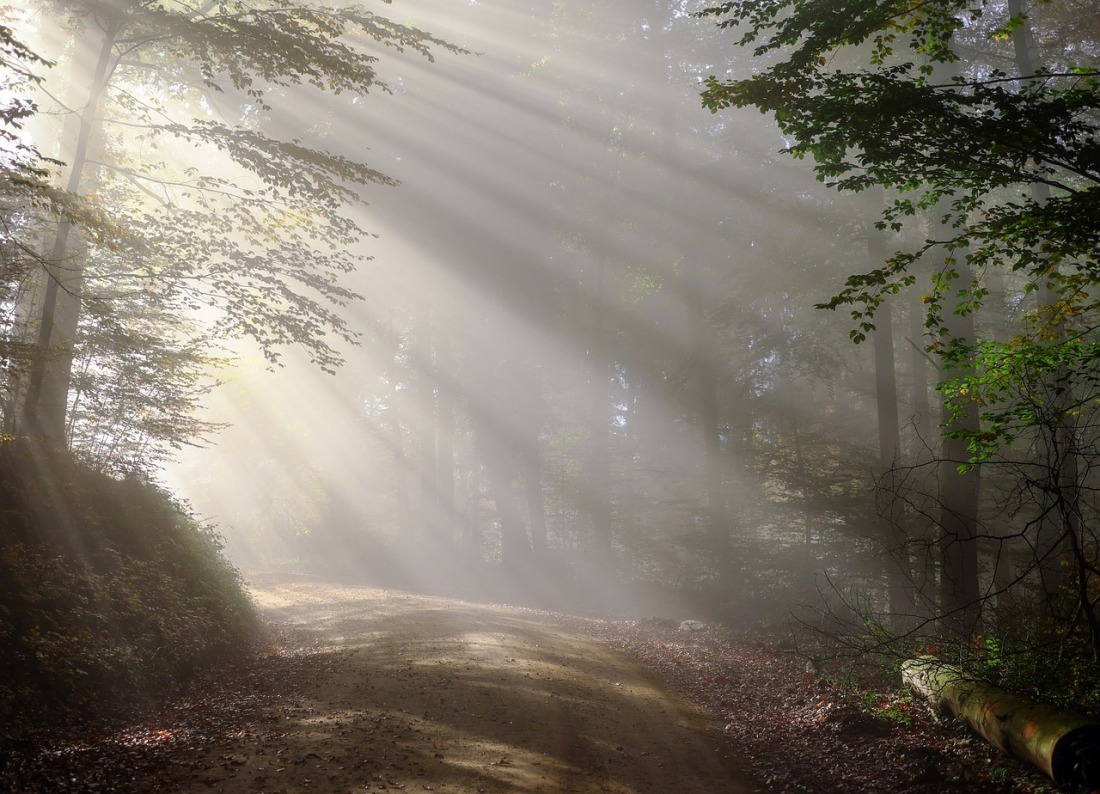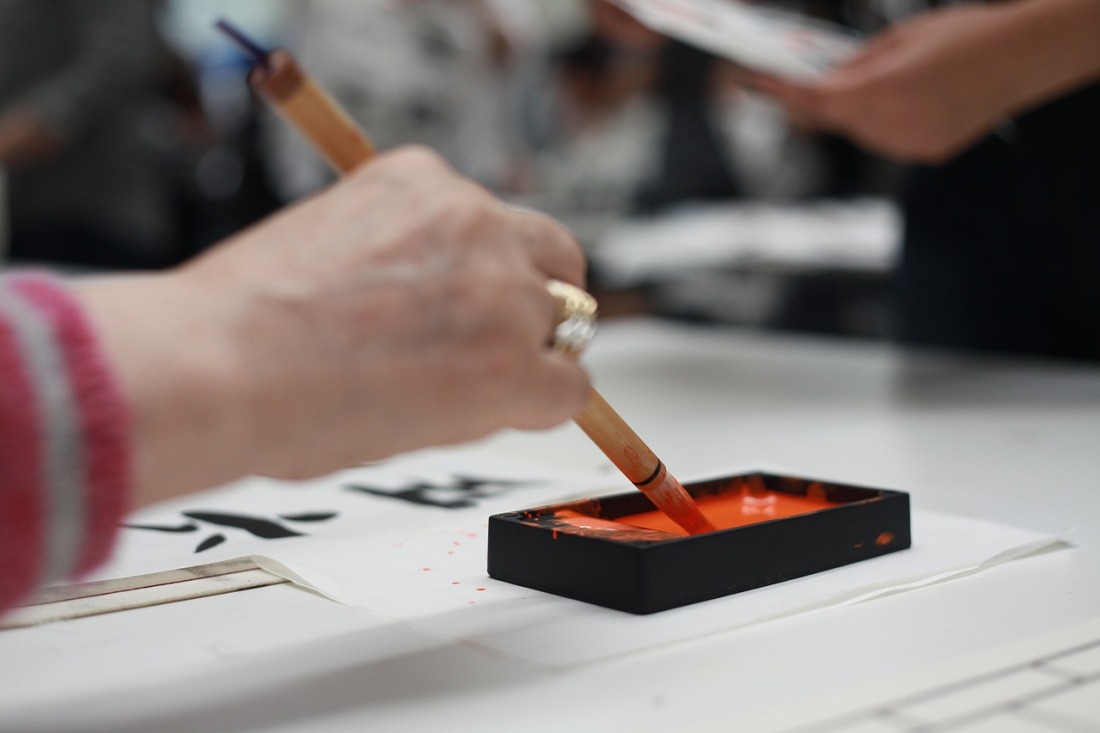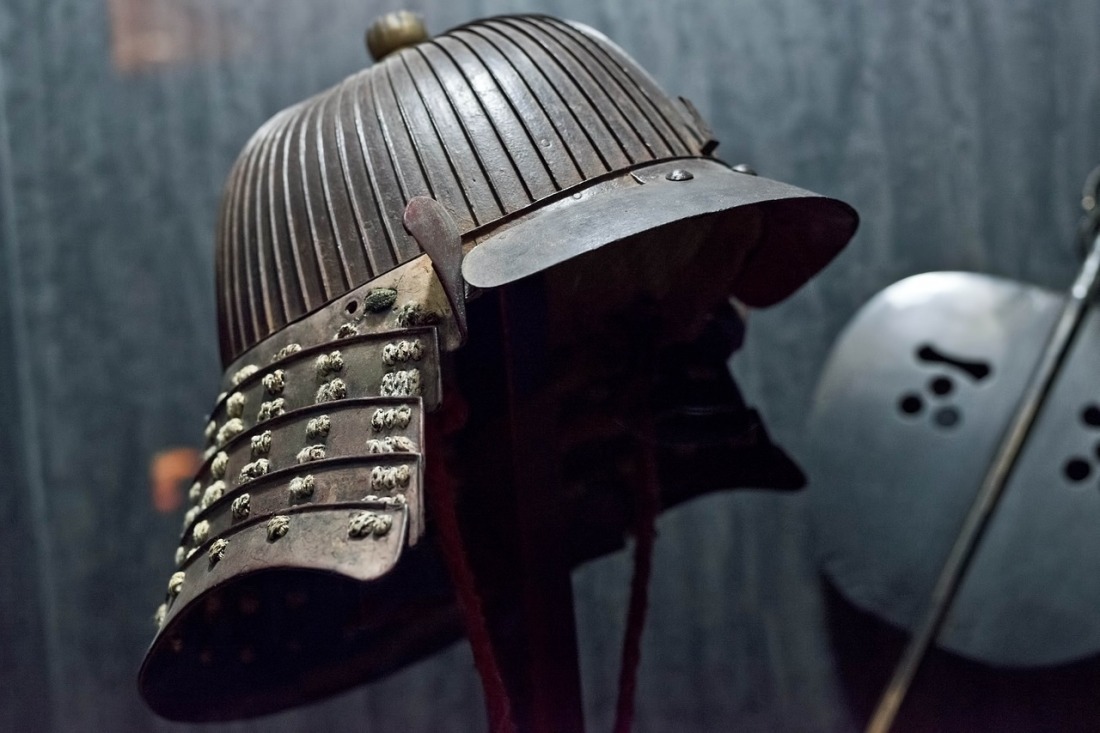coming along a mountain path, somehow so charming – a wild violet
山路来て 何やらゆかし すみれ草
yamaji kite/ naniyara yukashi/ sumire kusa

Basho’s Journey of 1684
In 1683, Matsuo Basho’s mother died.
The following year he made a journey from Edo (Tokyo) to Ueno in Iga Province to visit her grave. The trip lasted well into the following year, and as trips go, he made many stops, visited many friends. And his thoughts were kept in a journal he called Kasshi Ginko.
The above haiku was recorded in the spring of 1685.
After visiting Kyoto where he had studied as a youth, Bahso proceeded east, on the way to Otsu, on Lake Biwa. Coming along a mountain path, yamaji kite 山路来て, he was surprised by a tiny wild violet, sumire すみれ , in the grass, kusa 草.
Basho’s Journal of 1684, translated by Donald Keene (page 142)
Kansas Wildflowers
These violets grow all over the world and here in Kansas where in April and early May, one sees the tiny purple and blue flowers peaking out from a log or a clump of wet leaves, and sometimes hidden in the grass.
It is now 2020. A year has passed since I originally made this post. The violets are back again. Much has happened in a year. A pandemic rages over the world. The delicate violet is a sign of hope.
Notes on translation
山路 yamaji, mountain path
来て kite, to come
何やら naniyari, somehow, for some reason
ゆかし yukashi, charming, admirable, enchanting
すみれ草 sumi regusa, wild violet; literally a violet in the grass
Further note
Enya wrote a song Sumiregusa about the wild violet, and performed it in Japanese – Sumiregusa: wild violet monono aware: attune to the pathos of things haruno hana to fuyu mo yuki: spring flowers and winter snow hara hara: the sound of falling snow.








